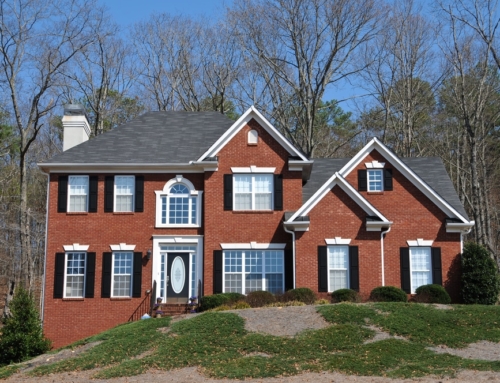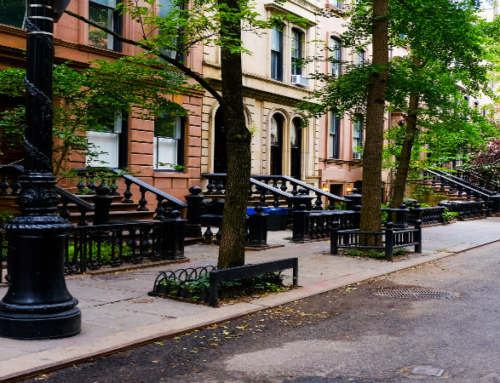Sixteen months ago, I spent some time in Southern California for business. I stayed with my friend Wendy, television producer extraordinare, who lives in Sherman Oaks. We walked all over Sherman Oaks, and she showed me how teardowns were selling in a moment. She was considering selling her house, which she thought had more than doubled in value in less than 2 years, and buying another fixer-upper. Ultimately, she decided to take a wait and see approach.
I’m back in Los Angeles and spent part of last weekend with Wendy and her family. Looking back, she says that my visit 16 months ago was the peak of the market in that area. She estimates that her property has fallen 10 to 15 percent in value since that time, and that houses in the area are taking much longer to sell. She pointed out all of the 4,000 square foot houses that have been built on 6,000 foot lots purchased 16 to 24 months ago in the area, marveling that the same developer has been buying and building (and not all are selling).
Meanwhile, her sentiments are echoed by my cousin who lives in Agoura Hills. Sixteen months ago, 4,000 square foot homes were hard to find for less than $2 million in his neighborhood. Now, properties are priced around $1.8 million, a 10 to 15 percent reduction similar to the one in Wendy’s neighborhood. Meanwhile, properties are sitting on the market for 200 to 300+ days. Sellers aren’t budging as much on price as they should.
What’s happening in Los Angeles is being replicated in nearly every other market in the U.S., except for Silicon Valley and New York City. Tonight, at the banquet for the Society of American Business Editors and Writers (www.sabew.org), I’m hosting a panel of experts who are going to try to gauge just how long the current market conditions will last. My guests will be Emile Haddad, chief investment officer for Lennar Corp; Amy Crews Cutts, deputy chief economist, Freddie Mac; and, Mark Kiesel, executive vice president PIMCO funds.
I’ll report back with their comments tomorrow.
May 21, 2007






Leave A Comment